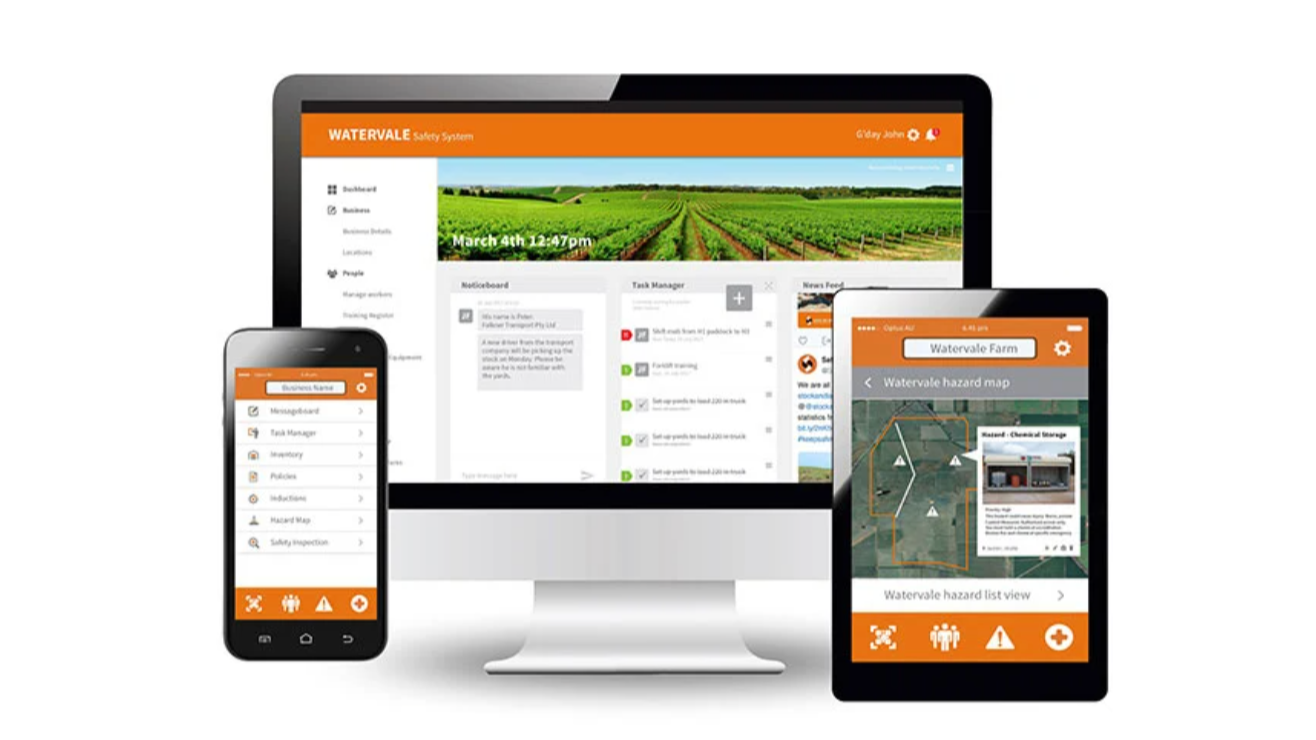Struggling with data capture in remote or low-connectivity areas? Discover how an offline-capable app could transform your field team’s productivity and efficiency.

In remote fieldwork environments, digital tools have become critical for maintaining efficiency, accuracy, and communication. Yet many job sites—from construction zones to oil rigs, rural clinics to environmental research stations—face a persistent challenge: unreliable or completely absent internet connectivity.
That’s why a new generation of offline-capable mobile apps is gaining ground, offering powerful solutions tailored to field-based teams working in tough, disconnected conditions.
The problem of unreliable connectivity currently impacts many field-driven industries where data capture capabilities are critical, like construction and mining; oil, gas and energy; healthcare; government; transportation; and more.
And, as a consequence of this poor connectivity, data capture in these industries is still often delayed, fragmented, or lost entirely—leading to inefficiencies, compliance risks, and missed opportunities across projects and departments.
This is why offline-capable apps that allow workers to collect, capture, and access essential data without needing a constant internet connection can make a huge difference to productivity, workflow, and communication.
Thanks to offline apps, field teams can fulfill essential tasks in the moment. This could look like completing inspections, capturing and marking up photos, filling out forms, collecting signatures, scanning barcodes, inputting audio and speech-to-text recordings, live tracking components, and more, even in the most remote locations.
A good offline app can also allow field teams to record important employee, personnel, site, and client/customer information on the go.
This means that, while the information is fresh and the site, project, or client is right in front of an on-site team member, they can record all the data they need to—without forgetting it later, or wasting their precious in-office hours on data entry.
Then, this data will be securely stored on the team member’s local device and synced once they reconnect to the network.
What distinguishes a high-quality offline app is its flexibility and usability across both technical and non-technical teams. A well-designed solution will allow organizations to rapidly build and adapt apps to their unique workflows, without relying on complex coding or external development cycles.
Ideally, the platform should be optimized for both Android and iOS, and support the development of cross-platform apps that can be deployed quickly and scaled easily. Customizability is key—field teams need interfaces that are intuitive, responsive, and configured precisely to their data collection and review needs. Meanwhile, managers and decision-makers require structured data outputs that feed seamlessly into reporting dashboards, compliance systems, or legacy databases.
You should also look for solutions that empower internal teams to take ownership of the app over time, whether that means updating a form, refining a workflow, or integrating new data fields. The most effective offline apps can be built and maintained by non-developers who understand the workflow best.
While offline-capable apps offer clear advantages in low-connectivity environments, they’re not the only option. In settings where reliable internet access is guaranteed—such as urban sites, controlled facilities, or office-based teams—fully cloud-based systems may offer more seamless real-time syncing, collaboration, and integration with other software.
However, if you’ve got teams working outside the bounds of stable connectivity, the right offline app could ensure that your field teams stay productive, your data stays secure and your business decisions can move forward without delay.
